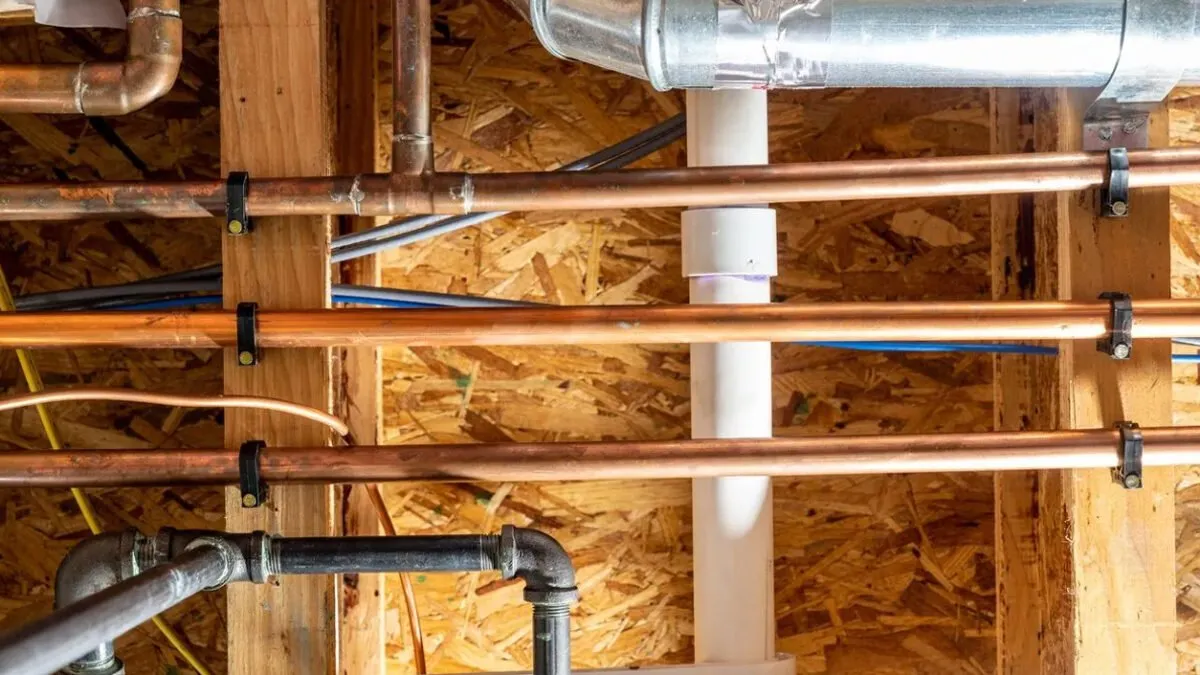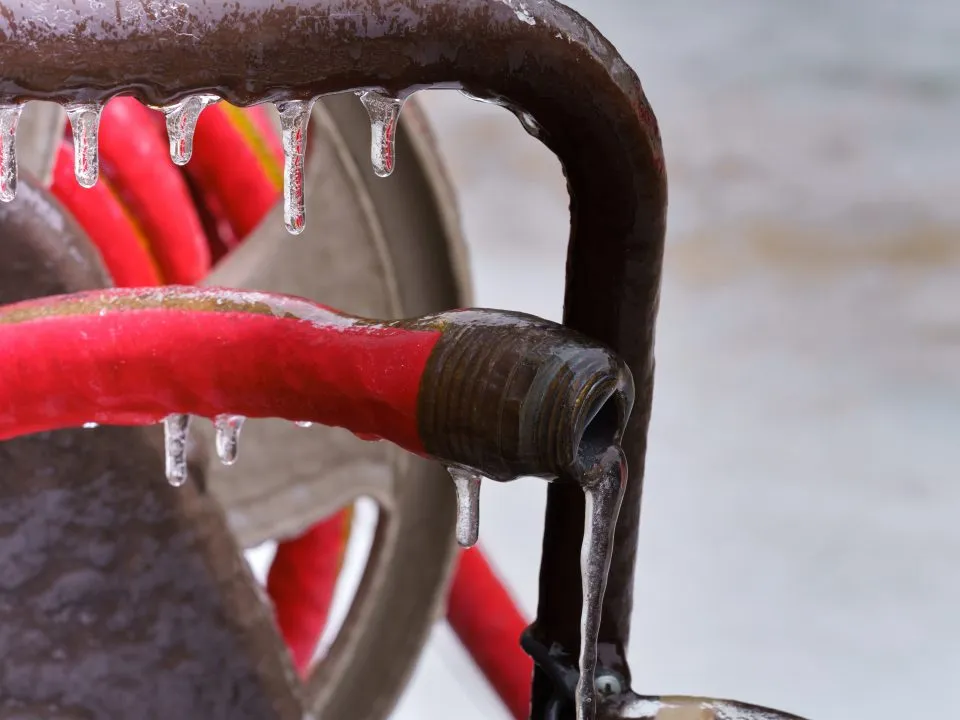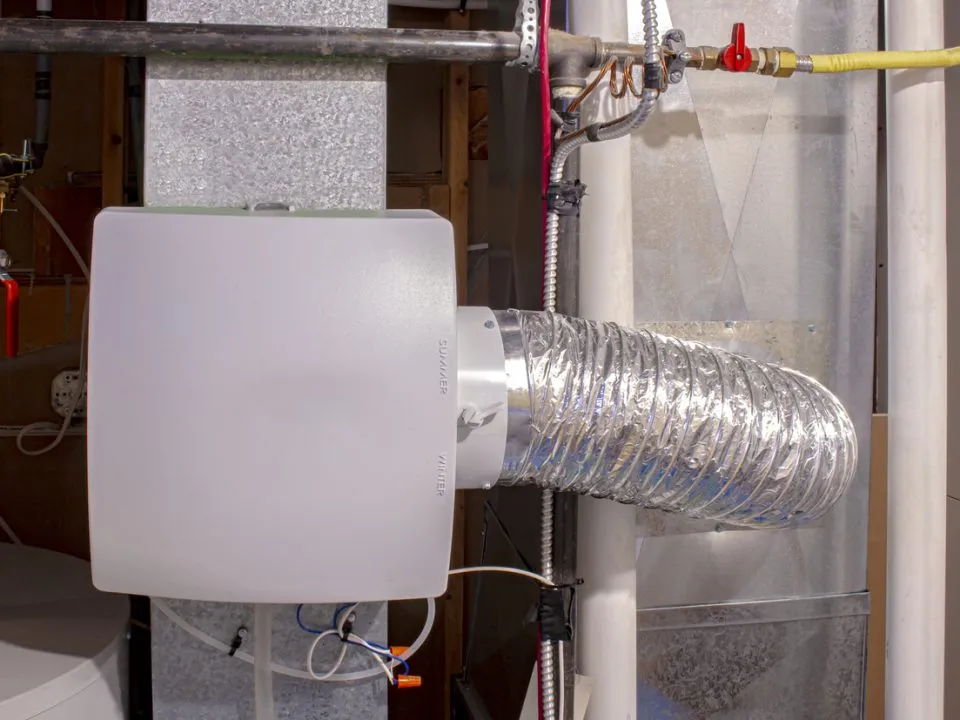
Buying a home in Austin can be an exciting experience, but it’s important to ensure that the property you purchase is in good condition. One of the most critical modern comforts in any home is the plumbing system, and it is essential to understand the basics of plumbing before making a purchase. In this guide, we will go over some of the important things to consider when evaluating a home’s plumbing, including types of pipes, water heaters, and signs of potential plumbing problems.
The 4 Main Plumbing Systems In Your Home That Are Related To Plumbing
- Drains / Vents
- Potable Water
- Fixtures
- Gas (if in the house)
Texas Water Assessment (Potable Water)
In Texas, plumbers typically assess the potability (i.e., the suitability for drinking) of water in a number of ways, including the following:
- Visual inspection: Plumbers will often start by visually inspecting the water to look for any signs of impurities, such as discoloration, cloudiness, or sediment.
- Odor test: They may also smell the water to check for any unusual or off odors, which can be indicative of certain contaminants.
- pH test: Plumbers will use a pH meter to measure the water’s acidity or alkalinity, which can provide insight into its chemical composition and the presence of certain contaminants.
- Total Dissolved Solids (TDS) test: TDS measures the number of total solids (such as minerals, salts, and metals) that are dissolved in the water. High levels of TDS can indicate the presence of contaminants.
- In Austin, Calcium deposits in water are widespread and the leading cause of plumbing repairs.
- Bacterial analysis: Plumbers may collect water samples and send them to a laboratory for bacterial analysis to determine if there are any harmful microorganisms present in the water.
- Chemical analysis: They may also collect water samples and send them to a laboratory for chemical analysis to check for the presence of specific contaminants, such as heavy metals, pesticides, and volatile organic compounds.
It’s important to note that the type and extent of water testing that a plumber performs will depend on the specific needs of the building or property, as well as any state or local regulations that may apply.
On top of the potable water assessment, our plumbers at Honest Conditioning and Plumbing also check the following when assessing your property’s water source:
- Proper Water Conditioning Equipment: We make sure your home is equipped with proper water conditioning equipment to help filter out impurities, like calcium, to ensure your plumbing system has a long life span.
- Water Pressure & Pressure Reducing Valve (PRV): Make sure your home’s water pressure is at an optimal level that is comfortable for your family’s household. Low water pressure may be indicative of other plumbing problems such as a leak. Newer homes in Austin are built with a PRV. Pressure-reducing Valves help extend the life of their water heater and other appliances. Our plumbers double-check that it is installed correctly and if any parts may need replacement.
Gas System
When getting a home inspected, testing the gas system is an important step to ensure the safety of the home and its residents. Here are a few ways that a home’s gas system can be tested during an inspection:
- Visual inspection: A home inspector will start by visually inspecting the gas system, including the gas meter, pipes, and appliances. They will look for any signs of damage, corrosion, or other issues that could pose a safety risk.
- Gas leak test: A gas leak test can be conducted to detect any leaks in the gas pipes. This can be done using a gas sniffer or a soap solution, which will create bubbles if it comes into contact with a gas leak.
- Appliance inspection: The home inspector will also inspect each gas appliance, including the furnace, water heater, and stove, to ensure that they are in good working condition and properly connected to the gas supply.
- Pressure test: A pressure test can be conducted to ensure that the gas system is functioning properly and that there are no leaks or blockages in the pipes. This is the best method of detecting a gas leak. We highly encourage you if you are buying an older home to have this test done or if you would like peace of mind.
- Carbon monoxide test: A carbon monoxide test can be conducted to detect the presence of this potentially deadly gas in the home. Carbon monoxide detectors should be installed in the home and tested regularly to ensure they are working properly.
Types of Pipes in Austin Homes
One of the first things to consider when evaluating a home’s plumbing system is the type of pipes used. There are several types of lines used in residential plumbing systems, including copper, CPVC, ABS, Galvanised, PVC, and PEX. Copper pipes are known for their durability and are often used in older homes, while PVC and PEX are more commonly used in newer homes.
Copper pipes are a type of piping made from copper, a soft, durable, and corrosion-resistant metal. They are commonly used in plumbing and heating systems, and are known for their durability, reliability, and resistance to corrosion. One of the main advantages of copper pipes is their high level of resistance to corrosion, which makes them a popular choice for use in plumbing systems, especially in areas with high levels of water hardness or other corrosive substances. Copper pipes are also able to withstand high pressure and high temperatures, which makes them suitable for use in hot water systems and in heating applications. Despite their many advantages, copper pipes can be more expensive than other types of piping materials, such as PVC or ABS. Additionally, copper pipes can be vulnerable to damage from certain chemicals, and they are susceptible to corrosion when exposed to certain atmospheric conditions.
CPVC (Chlorinated Polyvinyl Chloride) pipes are a type of plastic piping that is commonly used in plumbing and heating systems. They are made from a plastic material that has been treated with a chlorine compound to increase its heat resistance, making them suitable for use in hot water applications.
ABS (Acrylonitrile Butadiene Styrene ) pipes are a type of plastic piping that is commonly used in plumbing and drainage systems. ABS pipes are known for their strength, durability, and resistance to impact, chemicals, and temperature changes. They are also resistant to corrosion and scaling, which makes them a good choice for use in areas with hard water.
Galvanized pipes are pipes made of steel that have been coated with a layer of zinc to protect them from corrosion. The process of galvanization involves coating the surface of the steel with zinc, which acts as a barrier between the metal and the environment, preventing rust and other forms of corrosion. This makes galvanized pipes particularly useful in applications where the pipes will be exposed to water, humidity, or other corrosive substances. They are particularly common in older buildings, where they were often used for water supply lines and other plumbing needs. Galvanized pipes have some disadvantages, including a tendency to become clogged with mineral buildup, which can reduce the flow of water through the pipe, and the fact that the zinc coating can become damaged over time, exposing the steel beneath to corrosion. Despite these issues, galvanized pipes are still widely used and are considered a durable and reliable option for many plumbing and construction applications.
PVC (polyvinyl chloride) pipes are commonly used for drain, waste, and vent (DWV) systems. PVC pipes are commonly used in cold water systems which are typically used outside the home. They are lightweight, easy to install, and relatively low in cost. However, they are not as durable as copper pipes and can become brittle over time, especially in areas with cold temperatures.
PEX (cross-linked polyethylene) pipes are flexible, durable, and increasingly popular in new construction homes. Type-A & Type-B PEX pipes are resistant to freezing by expanding when water freezes, which is an advantage in areas with cold temperatures. A drawback to PEX pipes may lead to fluctuating water pressure in your home if not properly sized out. A half inch in PEX pipes is not the same as Copper pipes. PEX and Copper pipes have different inner diameters. They are also easy to install and are less expensive than copper pipes.
Water Heaters
The type of water heater used in a home is another important consideration when evaluating a home’s plumbing system. There are two main types of water heaters: tank and tankless.
Tank Water Heaters store hot water in a large tank and are commonly found in older homes. Tank water heaters can last for many years, but they can also be a source of problems, such as leaks and rust buildup. If you’re considering a home with a tank water heater, it’s important to have it inspected to ensure that it’s in good working condition.
Tankless Water Heaters, on the other hand, provide hot water on demand, eliminating the need for a large storage tank. Tankless water heaters are more energy-efficient than tank water heaters, but they can be more expensive to purchase and install.
Higher-Efficiency Gas Water Heater– Costs more than a traditional tank water heater but less than a tankless water heater. Gas water heaters have a faster recovery and longer hot water usage than traditional water tanks. Gas Water heaters are still tank water heaters, and will need to be taken care of as such. Depending on the model, repair costs are higher than traditional water heaters because of the additional components.
Hybrid Water Heaters– are primarily electric and use the ambient air around the water tank to help make hot water. A hybrid water heater can use either “heat pump”, standard electric, or a combination of the two for better efficiency. The repair costs on hybrid water heaters are more expensive than normal because of the additional components.
Signs of Potential Plumbing Problems in Austin Homes
When evaluating a home’s plumbing system, it’s important to look for signs of potential problems, such as leaks and clogs. Here are some of the most common signs of plumbing problems:
- Low or fluctuating water pressure
- Fluctuating water pressure is common when multiple valves are open (like running the kitchen sink and someone taking a shower and the water pressure drops)
- Strange noises coming from pipes
- Water damage, such as water stains on walls, ceilings, or floors
- Slow drains and leaky faucets
- Foul odors from drains
- Water discoloration
- Thunder or popcorn noise from the water heater
During the initial inspection of the house, you may not see these issues. Hiring a third-party inspector may not even catch these issues.
Camera Inspection
Although a camera inspection is not typically performed requesting a camera inspection of your new home will give you the peace of mind of knowing everything about your plumbing system by providing an in-depth insight into the entire plumbing system. We encourage customers who are purchasing older homes to spend the additional cost in getting a plumbing camera inspection to avoid costly repairs and damages later down the road. A camera inspection of the plumbing is able to detect any hidden issues, notice any inefficiencies in the plumbing, and prevent property damage.
Hire A Licensed Plumber To Inspect The Home You Are About To Buy
Hiring a licensed plumber, like Honest Plumbing & Air, to inspect a home you are about to buy in Austin, Texas is recommended because we have the expertise and training to identify potential plumbing issues that may not be immediately visible. Most third-party inspectors just inspect the water fixtures and make sure no visible water clogs. Third-party inspectors are not trained enough to identify problematic plumbing issues. Our trained technicians can check the water pressure, examine exposed pipes for leaks, assess the condition of the sewer and drain lines, and ensure that the plumbing meets all safety and building codes. By doing so, a licensed plumber can help you avoid costly repairs and ensure that the home you are buying is in good working condition.




